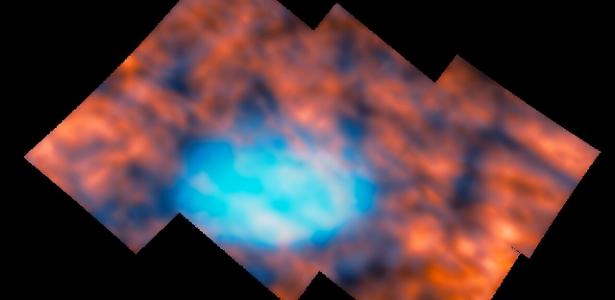However, with James Webb’s infrared sensitivity, it was possible to observe the region in much greater detail. The goal was to understand whether the region was in fact “boring.” The researchers found surprising results.
Air waves
Although the light from this region is driven by sunlight, the team suggests that another mechanism is changing the shape and structure of the upper atmosphere. One possible explanation is atmospheric waves. These are like waves that break on a beach and leave ripples in the sand.
These waves are generated within Jupiter’s turbulent lower atmosphere and can travel to high altitudes. This changes the emissions and structure of the upper atmosphere. Astronomers can sometimes see these waves from Earth, but they are much weaker than those observed by James Webb.
The team hopes to be able to conduct more research using the telescope into the atmospheric wave patterns in the future. They also seek to understand how much energy is available in the region and what properties change over time.

“Incurable thinker. Food aficionado. Subtly charming alcohol scholar. Pop culture advocate.”






More Stories
NASA Releases Selfie of Perseverance Rover Working on Mars
NVIDIA driver includes hidden Final Fantasy XVI profile
PlayStation Plus Extra and Premium saw a significant drop in players in July